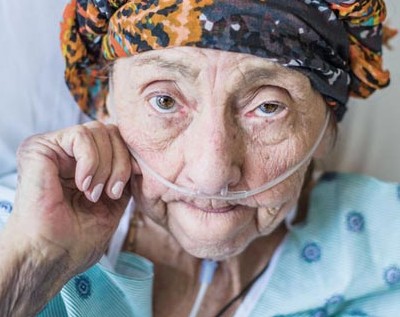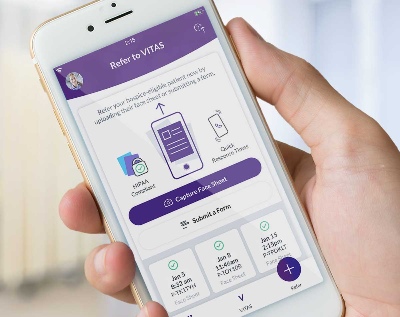Hospice Eligibility Guidelines for End-Stage Cancer Patients
Download a PDF of these guidelines.
Are you a patient, family member, or caregiver? Learn about how VITAS can help end-stage cancer patients.
While a cancer patient’s goal is long-term control of the malignancy and a return to health, there may come a time when cancer can no longer be controlled or when the response to treatment is less than hoped for.
Hospice care for a cancer patient focuses entirely on quality of life and is designed to address a wide range of issues, including pain, weight loss and progression of other symptoms. VITAS provides the emotional and spiritual support that cancer patients and their loved ones seek—all tailored to the patient’s needs.
When Is Your Cancer Patient Eligible for Hospice Care?
In oncology, the biggest predictor of hospice eligibility is the patient’s functional status, which is determined by the Eastern Cooperative Oncology Group (ECOG) scale or the Palliative Performance Scale (PPS).
Because specific prognosis varies from patient to patient, we suggest using these factors as general guidance.
ECOG Score for Functional Status
Using the ECOG scale, a median survival of three months roughly correlates with a score of >3. An ECOG score of 2 is generally supportive of being eligible for hospice services.
0: Asymptomatic
1: Symptomatic but completely ambulatory
2: Symptomatic, <50% in bed during the day
3: Symptomatic, >50% in bed but not bedbound
4: Bedbound
5: Death
Ask the Patient About Functional Status
The simplest method to assess functional ability is to ask patients: How do you spend your time? How much time do you spend in a chair or lying down?
If >50% of a patient’s time is spent sitting or lying down, and if that time is increasing, you can roughly estimate the prognosis at three months or less. Survival time tends to decrease further as additional physical symptoms develop—especially dyspnea, if secondary to the cancer.
Palliative Performance Scale for Functional Status
Typically, a cancer patient who scores 70% or lower on the Palliative Performance Scale may be eligible for hospice.
Typically, these patients:
- Are unable to carry on normal activity or do normal work
- Are unable to move or ambulate; spend more than 50% of their time in a bed, chair or a single room
- Exhibit evidence of significant disease
- Are able to provide only limited self-care
- Have reduced nutritional intake
Hospice Considerations for Patients Receiving Anti-Tumor Therapy
At VITAS, specific considerations are made for cancer patients who are receiving anti-tumor therapy. When necessary, VITAS supports palliative treatments that focus on quality of life, including:
- Intravenous fluids or artificial nutrition/hydration to address pain
- Radiation and hormonal therapy for pain/symptom relief
Hospice care for patients receiving chemotherapy requires a discussion between the referring physician and a VITAS medical director. Oncologic immunotherapy is not consistent with hospice care.
VITAS provides these guidelines as a convenient tool. They do not take the place of a physician's professional judgment.

